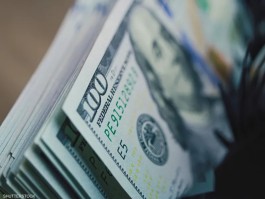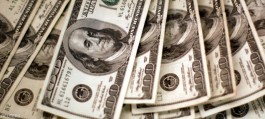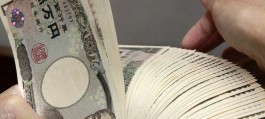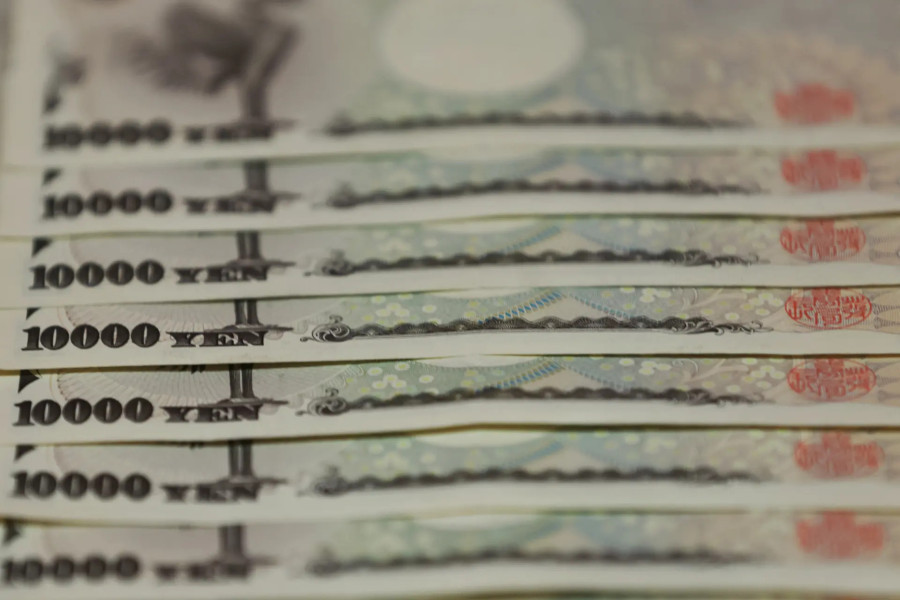The Japanese yen rose in the Asian market on Thursday against a basket of global currencies, maintaining its gains for the fifth day in a row against the US dollar, on the verge of touching the highest level in two and a half months, thanks to the current decline in the yield on US 10-year Treasury bonds.
The Japanese currency is on the verge of achieving its largest monthly gain in 2023, after government authorities intervened to support the currency against excessive weakness, in addition to increasing speculation about the Bank of Japan’s exit from the negative interest rate policy in the near future.
Japanese yen exchange rate today
The dollar fell against the yen by approximately 0.3% to (146.84 yen), from the opening price of today’s trading at (147.24 yen), and recorded the highest level at (147.24 yen).
The yen ended Wednesday's trading up by 0.2% against the dollar, the fourth daily gain in a row, and recorded the highest level in two and a half months at 146.67 yen per dollar, in light of the continuing decline in American yields.
Yield on US bonds
The yield on ten-year US Treasury bonds declined on Thursday by about 0.2%, deepening its losses for the fourth session in a row, recording the lowest level in two and a half months at 4.247%, which undermines investment opportunities in the US dollar.
This development in the US bond market comes after less aggressive comments from some Federal Reserve officials, which strengthened the assumption that the current US interest rate hike cycle has ended, and increased the possibility of a cut in the federal funds rate early next year, starting in March 2024. .
This development reduces the current gap between long-term bond yields between Japan and the United States, which makes Japan's currency yields an investment target for short buyers and financing deals, which leads to the yen rising at the present time.
Monthly transactions
Over the course of November trading, which officially ends when prices are settled today, the Japanese yen is up so far by 3.2% against the US dollar, about to achieve its first monthly gain in the last four months, and the largest monthly gain in 2023, specifically since December. December 2022.
Government intervention
There is no doubt that the yen's broad rise over the course of this month's trading, and its approach to achieving the largest monthly gain in a year, is considered the greatest evidence of the Japanese authorities' intervention to support the local currency against excessive weakness.
Earlier this November, the Japanese yen recorded its lowest level in 13 months at 151.90 yen per dollar, close to the 151.94 yen level, the lowest since 1990.
Japanese Finance Minister Shunichi Suzuki said: He is closely monitoring currency movements in the forex market. Suzuki added: We will continue to take all possible measures to address chaotic exchange market movements.
The minister also said that now there is a great opportunity to overcome the economic downturn in the country, and that there are bright signs showing the recovery of the Japanese economy.
Previous intervention
The Japanese government intervened in the foreign exchange market in October 2022 when the US dollar rose above 150 yen, hitting 151.94 yen for the first time since 1990.
This prompted the Ministry of Finance to buy the yen and pushed the pair to approximately 127 yen last January, which meant a rise of more than 16% in the value of the yen against the dollar, before it declined again this year by 13%.
Central Bank of Japan
Data issued recently in Tokyo showed escalating inflationary pressures on monetary policy makers at the Central Bank of Japan, especially inflation and wage data, which if they exceed targets during the coming period, will force the bank to begin reducing monetary stimulus tools in the country.
Central Bank of Japan Governor Kazuo Ueda said earlier: The bank may obtain sufficient data by the end of the year to determine whether it can end negative interest rates. Ueda explained: Once we are convinced that Japan will witness continued rises in inflation accompanied by wage growth, there are options. Different we can take.
Although the Fed's mission may be over, expectations are growing for the Bank of Japan to finally begin to exit its ultra-loose monetary policy.
More than half of the economists polled by Reuters expect the Bank of Japan to take this step at its meeting in April 2024.
Therefore, if the US Central Bank stops raising US interest rates in exchange for the Japanese Central Bank starting to raise Japanese interest rates, it will reduce the current large gap in interest rates between the United States and Japan, which will lead to an increase in the price of the yen against the dollar.







































